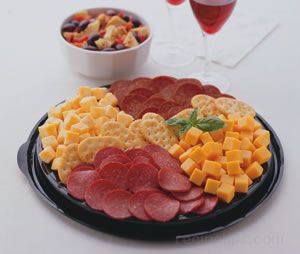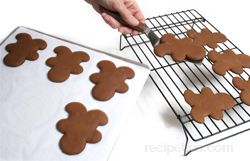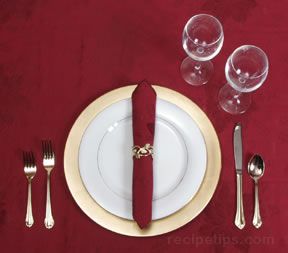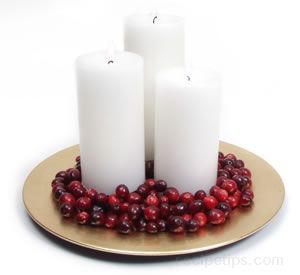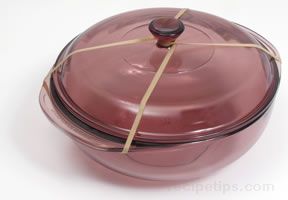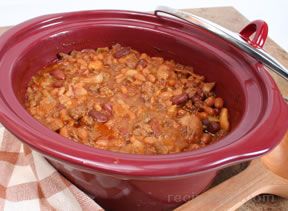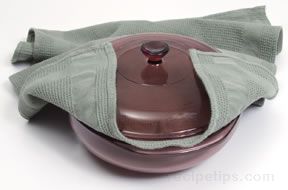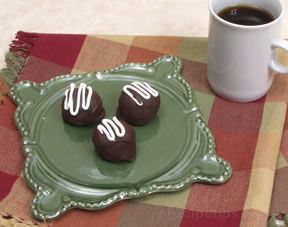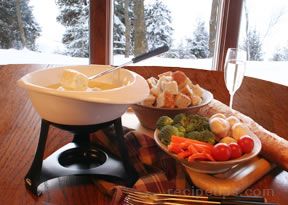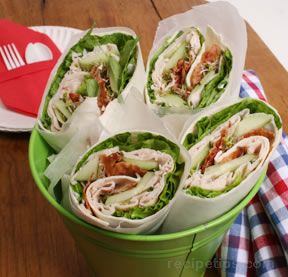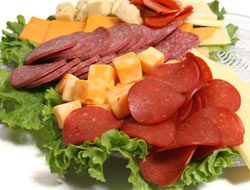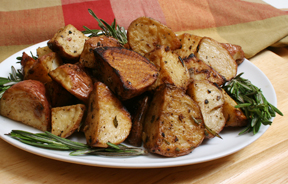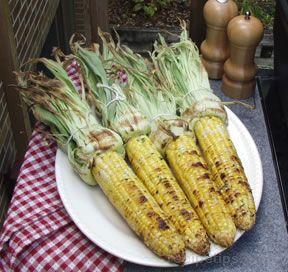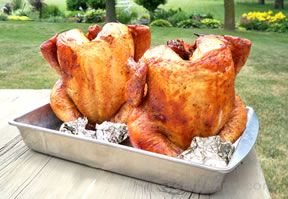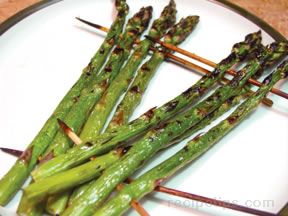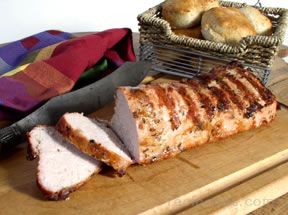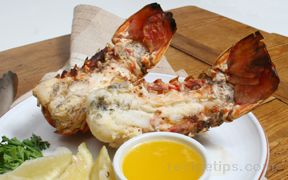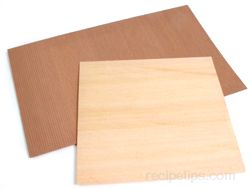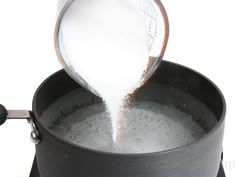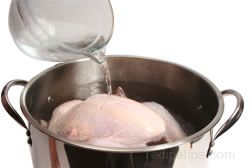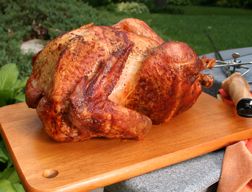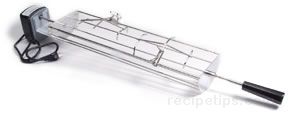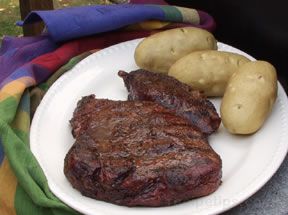Meat that is grilled on a rotisserie has flavor unlike any other. Rotisserie roasting is thought to be the oldest cooking technique known to man.
Although there are a variety of Rotisserie models, all have a spit, a motor to rotate the spit, and a heat source.
Rotisserie roasting is commonly referred to as spit roasting. The term "spit" refers to a device consisting of one or more metal bars on which meat is skewered. After the meat has been skewered, two prongs (or "forks") are screwed tightly on each side of the meat to hold it in place. The spit (by hand or by a mechanical device) rotates constantly at a slow speed. This rotating motion ensures even cooking, and allows the meat to self baste with its own juices. The meat does not grill, it roasts. The meat will develop a smoke flavor and a perfect crisp crust. Most spits can be raised or lowered on the grill to control temperature.
Before you begin:
- Consult the instruction manual you received when you purchased your grill. Follow the directions provided by the manufacturer.
- If your grill did not include a rotisserie attachment, buy one that is made specifically for your grill type.
- Have everything you need: Rotisserie kit, drip pan, clean pliers, oven mitts, and meat thermometer.
Follow the indirect grilling method when cooking rotisserie style. Both charcoal and gas grills must be preheated before you begin. Refer to article titled "Grilling Basics" for details on preheating. Rotisserie is a slow cooking process, preheat grill to high. Grill at a high temperature for the first few minutes to sear, lower to medium/low for remainder of cooking time.
Rotisserie on a Charcoal Grill
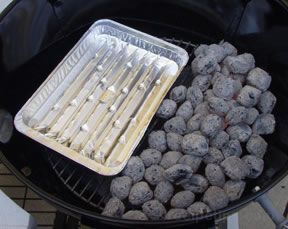 |
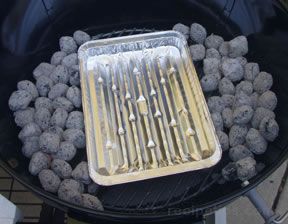 |
| When indirect grilling on a charcoal grill, the fire is built to the side of where the food is to be grilled or surrounding the outer edge of the grill. The food is cooked by radiant heat rather than direct heat (as if in an oven). Coals are lit using only one half of the grill or surrounding outside edge. The method you use is dependent on the positioning of the rotisserie device. No hot coals should be directly underneath the food. The drip pan is placed directly underneath the food (a disposable aluminum pan works well). Due to the extended cooking time, you will need to add additional charcoal every 30-40 minutes. | |
Rotisserie on a Gas Grill
When Indirect Grilling on a gas grill, the burner below the area where the food will be is turned off after preheating. The coals are then placed to the side and a drip pan is placed directly under the food. Because of the central positioning of the rotisserie, this method will not work. The best option is to set grill burners on a low setting and place a drip pan on the grate directly underneath the rotisserie spit. The drip pan will keep the heat at a safe distance from the meat. If the meat is a large cut and does not rotate freely, clear the center of the lava rock so the drip pan can be placed directly on the lava pan, beneath the grate and rotisserie.
Flavoring Tips:
|
Preparation and Grilling:
- Apply marinade, rub, or baste to your turkey (optional).
- Truss turkey to hold wings and legs in place.
- Check size of drip pan. Because the drip pan will prevent flare ups, it is important the drip pan cover the length of the turkey.
- Pour ½ to 1 inch of water in drip pan to provide moisture.
- Place one of the two spit prongs (or "forks") on the spit closest to the handle. Secure tightly with a pliers to prevent prong from loosening.
- Skewer turkey, through center, with the spit rod and push into the secured spit fork.
- Slide remaining spit prong (or "fork") onto spit. Push prongs into or around turkey so it is held firmly. Tighten prong with pliers.
- The turkey should be balanced on the spit to prevent uneven cooking and overworking the rotisserie motor. Check the balance by loosely holding each end of the spit in the palms of your hands. The spit rod can be balanced by moving the turkey on the spit or using a tool called a rotisserie counter balance.
- When spit has been balanced, insert the pointed end of the spit into the rotisserie motor sockets. Start motor, watch the rotation a few times to be sure the spit is balanced and there are no obstructions.
- The lid must be left down to ensure even roasting.
- Check for doneness with a meat thermometer before removing.
- Remove spit with oven mitts.
|
Cooking Time & Safe Temperatures
Allow 10-15 minutes per pound. Do not rely on approximate time for doneness. Rely on a meat thermometer. Cooking time has too many variables to influence doneness. Focus on the internal temperature of your turkey to prevent food borne illness. The breast must reach an internal temperature of 170°F and the thigh must reach 180°F. |





